Proof of Work Letter Template for Professional Use
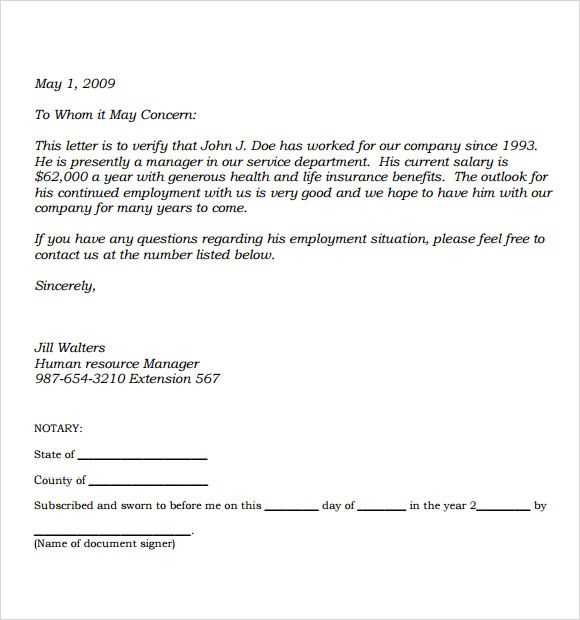
In many professional settings, it is necessary to verify employment history or confirm certain job-related details. This document serves as a formal acknowledgment of an individual’s position and the duration of their employment. It is often required for various purposes such as applying for loans, renting property, or confirming qualifications. Understanding how to create a concise and clear record for these needs is essential for both employers and employees.
Key Elements to Include
When preparing a verification document, certain details are critical for clarity and completeness. These components ensure that the recipient can quickly verify the relevant information.
- Personal Information: The employee’s name, job title, and contact information.
- Employment Details: The start date, end date (if applicable), and position held during employment.
- Employer’s Information: The name and contact details of the company or organization.
- Statement of Employment: A brief statement confirming the individual’s role and responsibilities.
When to Use This Document
This formal declaration is needed in a variety of situations. It can be used to verify current or past employment when applying for financial assistance, during background checks, or for personal reference. It also plays a key role in official documents where proof of job history is necessary.
Common Mistakes to Avoid
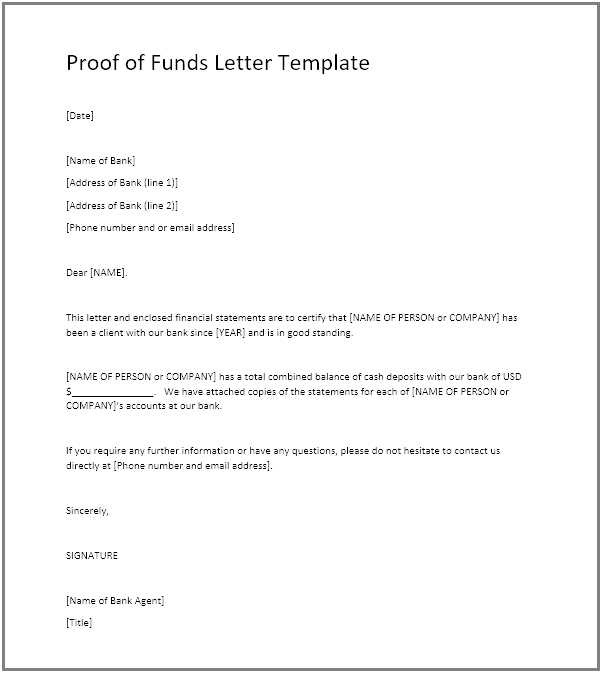
When drafting this official confirmation, ensure that the information is accurate and free from errors. Common mistakes include:
- Providing incorrect dates or job titles.
- Failing to include necessary details like employer contact information.
- Using vague or unclear language in the employment statement.
Examples of Employment Confirmation
To understand how to format this type of documentation, consider the following examples:
- Example 1: A simple confirmation for a current employee verifying their ongoing role and start date.
- Example 2: A statement for a former employee, including their position and tenure.
Understanding the Employment Confirmation Document
In professional environments, confirming an individual’s job status or history is often necessary for various official purposes. This document serves as a formal way to verify employment details, ensuring that both the employee and the employer are represented accurately. Knowing how to create a precise and clear statement is crucial for anyone involved in the process.
How to Draft an Effective Employment Confirmation
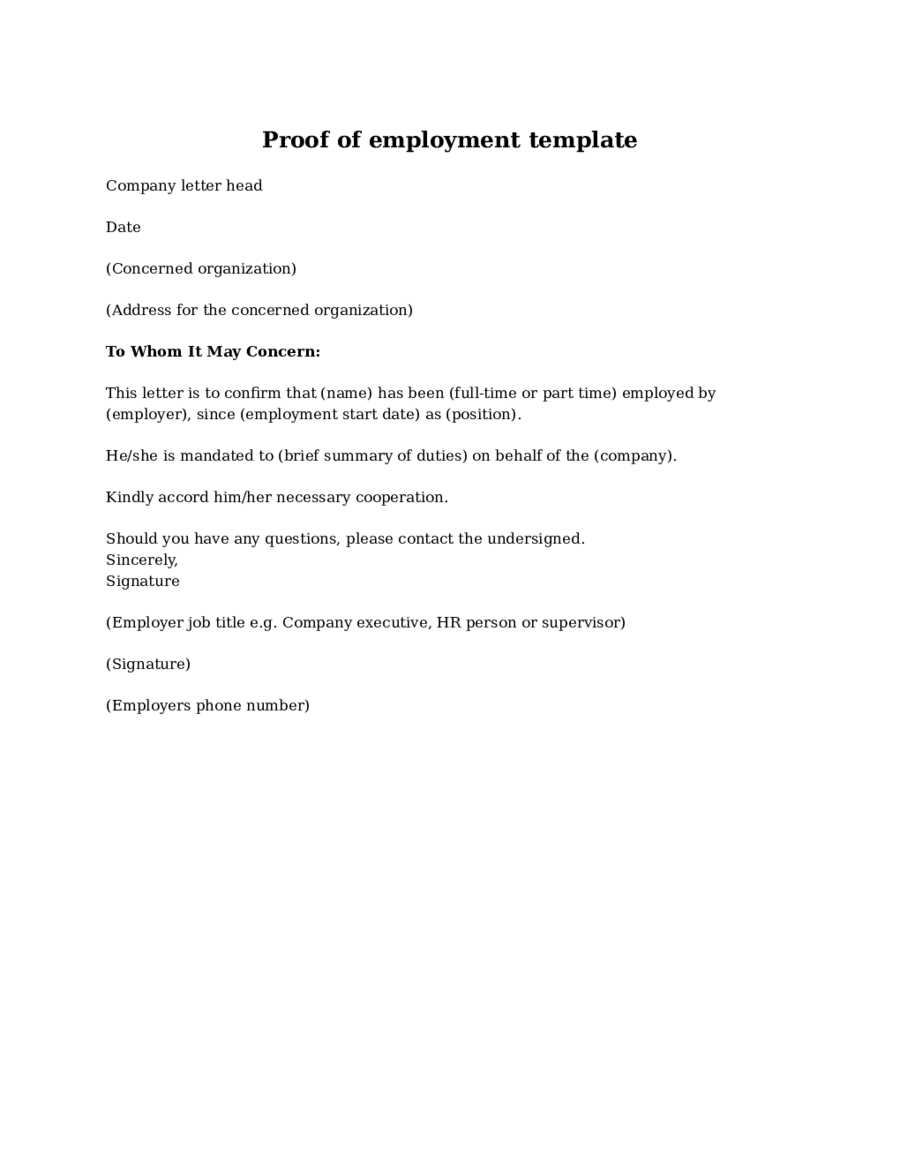
When preparing this document, it is important to be concise yet comprehensive. Start by including key details such as the employee’s name, the company’s name, the dates of employment, and their position. The tone should remain formal, and the information provided must be factual and relevant to the request at hand.
Key Information to Include
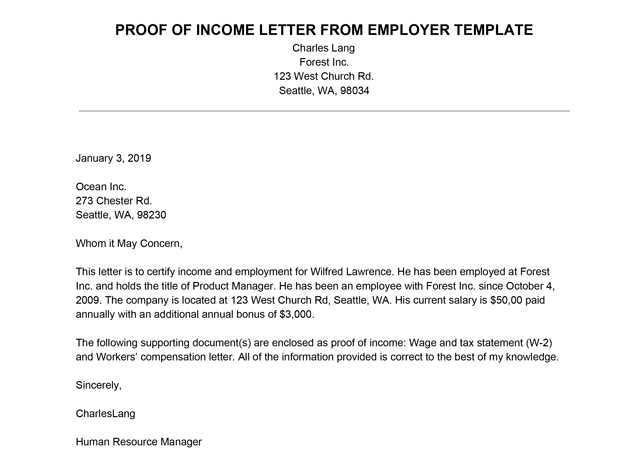
Essential elements include:
- Employee’s Name and Contact Information: Ensure the employee’s full name and contact details are accurate.
- Job Title and Responsibilities: Clearly state the role held and a brief description of responsibilities.
- Employment Dates: Specify the duration of employment, including the start and end dates.
- Employer Information: Include the employer’s contact details for verification purposes.
When Is a Confirmation Document Required?
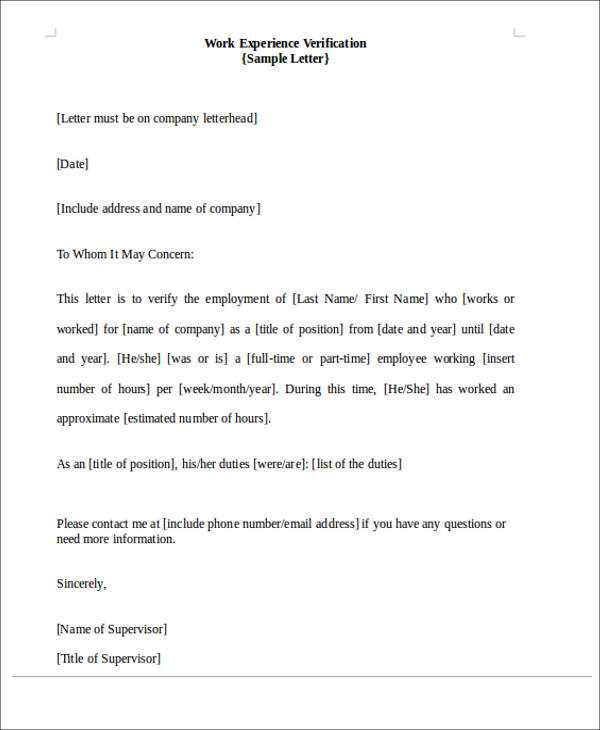
Such a document is typically needed when an individual applies for a loan, rental agreement, or new job. It may also be required for background checks or when verifying professional qualifications. The document serves to provide clarity and assurance regarding the employee’s role and work history.
Common Mistakes to Avoid
While drafting this formal document, there are several mistakes to watch out for:
- Omitting crucial details, such as the employer’s contact information.
- Inaccurate or inconsistent dates and job titles.
- Using unclear language or unnecessary jargon.
Examples of Employment Confirmation Documents
Below are two typical examples of employment confirmation documents:
- Example 1: A straightforward statement confirming the individual’s current employment status and role.
- Example 2: A document for a former employee, outlining their job history and duration of employment.